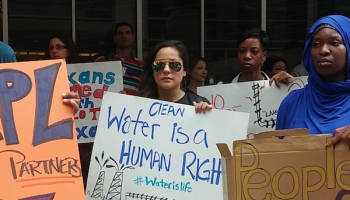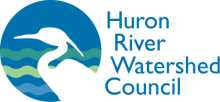Following the state of Michigan's discovery of elevated PFAS in Southeast Michigan rivers, the Rouge and the Huron, the Ecology Center’s Healthy Stuff Lab wanted to better understand how PFAS move through the environment and determine how the chemicals show up in tissues of fish caught and consumed by anglers. Are there parts of the fish that contain more PFAS than other parts? Do size, weight, or species type impact the amount of PFAS found in the fish?
In order to answer these questions, we partnered with local anglers, organizations working to restore river health, and other community partners to launch an investigation into the presence of PFAS in fish caught from the Rouge and Huron rivers in southeast Michigan.

The Ecology Center was responsible for conducting the research, including preparing samples and testing the fish for PFAS chemicals. Our project partners and local anglers helped guide the research in order to best address the communities’ questions and figure out solutions that work best for them.
Our partners included:
- Local anglers
- Huron River Watershed Council, a non-profit organization working to protect and restore the Huron River;
- Friends of the Rouge, a non-profit organization working to clean up the Rouge River
- Wayne State University’s Healthy Urban Waters group, a collaboration of Wayne State University researchers networked with the community to focus on water in an urban setting and future impacts of human culture on community, ecosystem, and economic health
- Great Lakes PFAS Action Network, a coalition centered and driven by people impacted by toxic PFAS pollution in the Great Lakes.
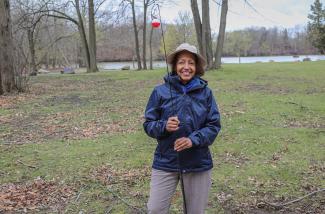
Our goal for the project was to protect southeastern Michigan anglers and their families from toxic PFAS in the fish they consume, with a focus on subsistence anglers and communities of color. Additionally, we worked with local anglers to determine the best approach to educate those who consume fish on how to avoid exposure when possible and suggest ways that the the state of Michigan can protect Michiganders through stronger fish advisories and other health-based standards to protect fish-consuming populations.
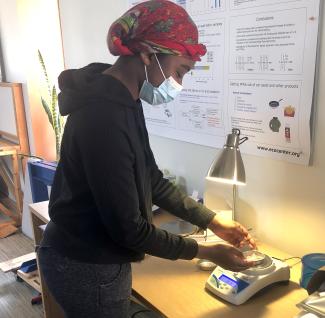
Community-Based Participatory Research Design
The Ecology Center implemented a community-based participatory research design for this project, which empowers community members to lead and direct research questions and study methods for the issues affecting their communities. This approach is intended to be more inclusive for communities participating in the project and allow impacted communities to be more engaged in the outcomes of the work.
For this study, local anglers helped identify which fish to catch, how many, and from where in the river. The anglers suggested largemouth bass, blue gill, channel catfish, and brown trout from the Rouge River because they are the most likely to be consumed by community members. In the Huron River, they selected walleye, carp, catfish, pumpkinseed, and black crappie.
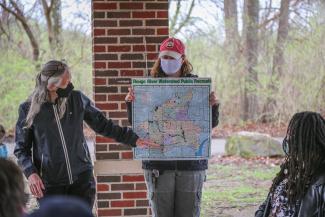
Community-Based Study on PFAS in Fish
In February, 2023 the Ecology Center released the "Community-Based Study on PFAS in Fish" graphic report.
Using a map of the Huron and River watersheds, the report presents PFAS results from testing in whole fish and fish filets. It also shows average PFAS levels in fish organs including livers, intestines, and eggs.
Sign up for the Ecology Center's newsletter to stay up-to-date with the project.
